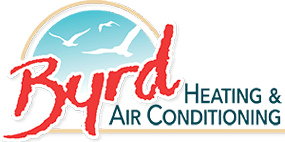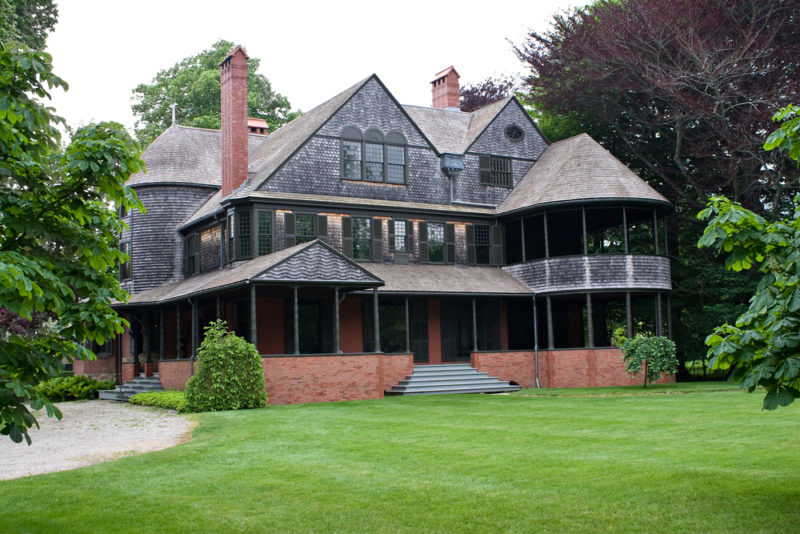The Savannah, Georgia, area is known for its many historical homes that color the city’s beautiful and also unique landscape. Many owners of historical homes have put in painstaking work. They have made considerable expenditures to preserve these homes. This helps the history of Savannah stay alive through the years. One of the greatest problems you likely face as an owner of a historical home is how to improve the heating and cooling. This will ensure your HVAC system is in top condition.
When it comes to keeping your historical home at a consistent temperature throughout the year, the main focus needs to be on securing drafts and leaks, having proper insulation, and also ensuring that you have the best heating system for your home’s size and unique design.
Sealing Your Home
Historical homes can have many places where air can leak in and out, making it difficult for any HVAC system to get to the desired temperature. Historical homes may have significant drafty areas due to the materials used for the construction of the home and their wear over time.
This means one of the first steps in improving the energy in your home should be an assessment of how well your home is sealed. Start with assessing the doorways and windows in your home, looking for gaps where air can get through and sealing the gaps. You will also want to look in these areas:
- Crawl spaces.
- Attics.
- Areas between the chimney and walls.
- Chimney flues.
- Connections to the outside such as water outlets.
Add and Upgrade Insulation
Historical homes are typically quite large. They can ralso equire a lot of insulation to help keep the warm and cool air in the home where it belongs. Some of the insulation could have become worn or damaged by water or pests. This means there are probably some areas that could use some additional insulation.
There are a few easy places to start replacing insulation to improve the heating and cooling in your home:
- Attics.
- Crawlspaces.
- Basements.
- Areas around ductwork and pipes.
Depending on when your home was made and also what materials it was constructed with, you can get even better control of your temperature. One option is by adding additional wall insulation. It’s important to understand how your home is constructed. Some construction methods can cause moisture to build up in the walls. This will require insulation that can withstand this moisture. Consult an HVAC professional to ensure this job is done properly.
Choose the Right Heating and Cooling System
You need to make sure that your HVAC system can support the size and also the room design of your home. It also might be good to consider different heating and cooling options, such as a ductless mini-split system. This system will enable you to control the temperatures in different zones in your home. This lessens the energy use in areas that are not often used. It also helps you save energy and also direct the air where it’s needed most. It also does not require ductwork. Which can be a great time and money saver if you are in an older home where there is little or no ductwork already installed.
Considerations When Installing an HVAC System in Your Historical Home
If you decide to install a new HVAC system in your historical home, you’ll want to take a few things into consideration:
- Are there local restrictions on altering a historical home?
- Can your home accommodate ductwork?
- Can the structure withstand the vibrations of the HVAC equipment?
- Will your electrical system need to be upgraded to accommodate the new load?
- Are there areas to place necessary registers and vents?
- Will the new environmental conditions the HVAC system creates damage finishes or also materials in the home?
You’ll also need to have an HVAC contractor do a load calculation to determine what size HVAC system will be needed to effectively heat and cool your home.
While keeping your historical home at a comfortable temperature can be a difficult task. It’s also well worth the effort. With careful planning, you can preserve much of your home’s history while keeping it comfortable. Want to find out more about improving the heating or cooling in your historical home or installing a new HVAC system? Contact us at Byrd Heating and Air Conditioning at 912-373-8447 today.
Image provided by Shutterstock

